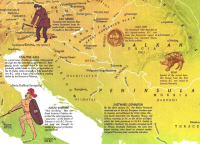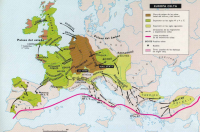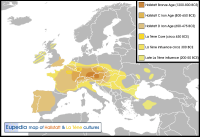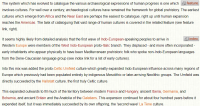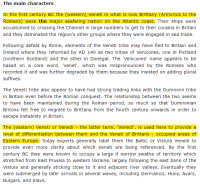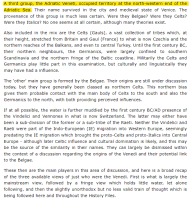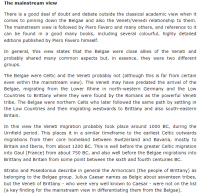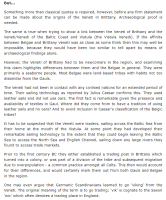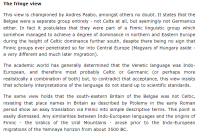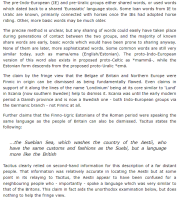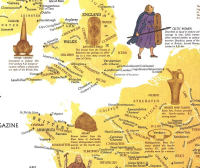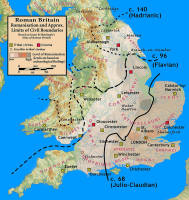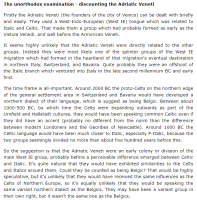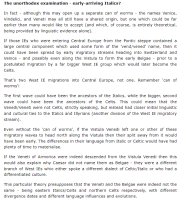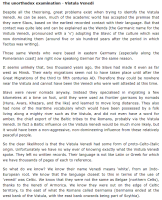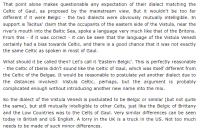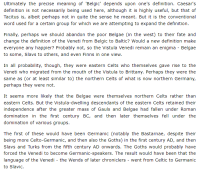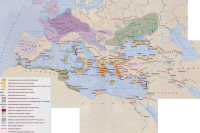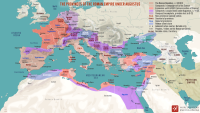- Член од
- 3 септември 2010
- Мислења
- 6.382
- Поени од реакции
- 8.986












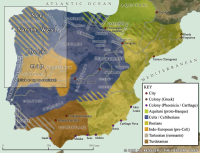
| Map of Iberian Tribes c.300 BC |
| The Iberian peninsula prior to the Carthaginian invasion and partial conquest was a melange of different tribal influences. The Turdetanian region in the south was dominated by a Palaeo-Hispanic people who may have provided continuous occupation since the first arrival of Homo sapiens in the peninsula. By the time of the Carthaginian arrival they had also picked up some Phoenician influences. The pre-Indo-European Iberians along the eastern coast and inland areas also represented early arrivals, with an as-yet poorly-defined language which could have been related (or perhaps was not) to the proto-Basque of the Aquitani. Those Aquitani, on the Bay of Biscay coast, western Pyrenees, and south-western France, were later compressed between Franks and Muslims to form today's Basques. In the north-west and western centre were various pre-Celtic Indo-European groups. These were probably the descendants of the first wave of Indo-European arrivals, followers of the Urnfield culture of Central Europe, and possibly Q-Italic speakers rather than true proto-Celts. As with other Italic-speakers elsewhere, they were very closely related to the early Celts. The rest, for the most part, was occupied and dominated by Celtic tribes which had entered Iberia as members of the Hallstatt culture, probably between about 900-400 BC. Some retained their Celtic culture and language by the time Rome was able to document them, while others had either picked up Iberian influences or had dominated Iberian-speaking tribal groups to become Celtiberians. |
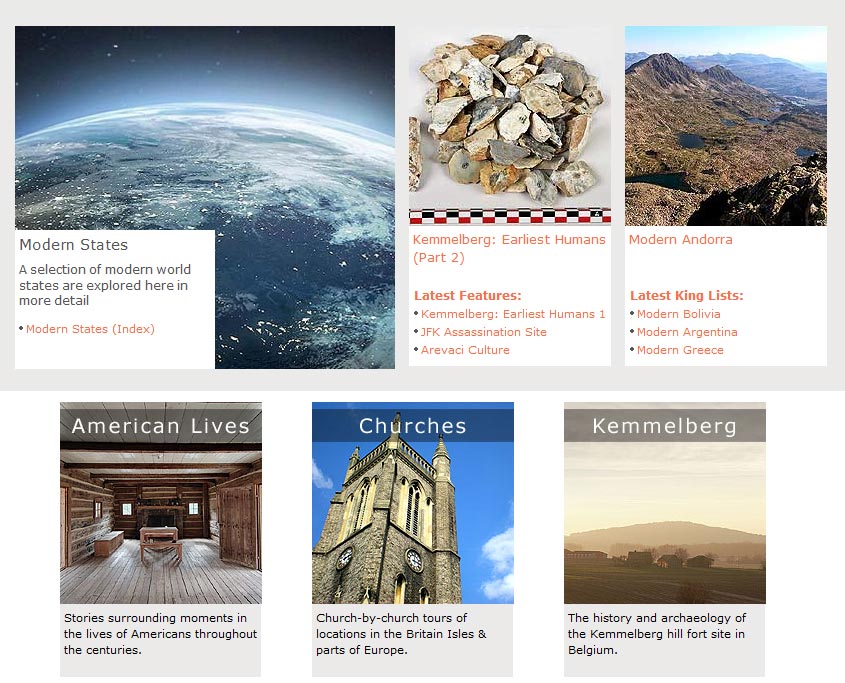
Map of Iberia 300 BC
A map of Iberia around 300 BC showing the general locations of the pre-Roman tribes
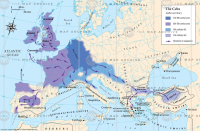
Последно уредено:

